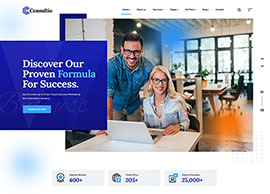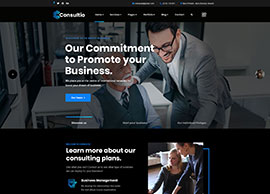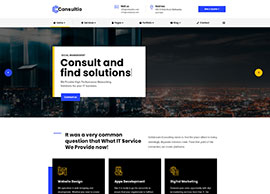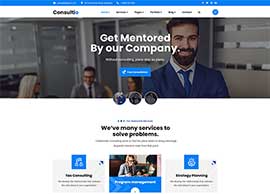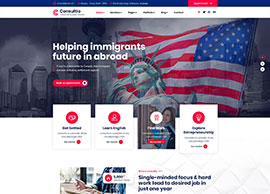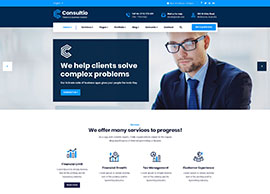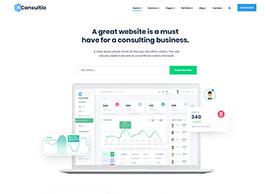If you are reading this article, you have some affiliation with the mail industry. That means you either work in mail services, oversee the mail spend or sell into this space. I am based out of Boston where there are hundreds of people that fit these descriptions and am always amazed how few show up to different events. The strange part is the USPS has never had more changes in their history than they have today. The only way to keep up with these changes is to get involved and learn from your peers.
Dramatic Postal Changes
We are seeing the biggest changes in the United States Postal Service’s history that impact every organization. Here are some examples that show why it is important to stay engaged locally:
- Eliminating Saturday delivery.
- Closing 60% of the production facilities.
- Slowing mail from 1-3 day to 2-3 day delivery.
- Changing hours at some local stations.
- USPS deficit and government oversight issues.
- Annual rate increases (Compared to every 2-5 years).
- New barcode requirements with IMB.
- New mail and parcel tracking options.
- New self-mailer requirements.
- New electronic mail acceptance.
The local postal groups will have meetings and webinars that go over these changes. As an example, we had the postmaster from the City of Boston and other members of his team present on these changes. This first-hand information is much more helpful than trying to decipher the content on your own through the different postal websites.
Sharing Best Practices
The most effective learning always comes from your peers because the content has more credibility. Here are some areas you can expect to discover:
- See New Technology – People inherently like to be the first to adopt new systems and share their success. By being part of the local mail community, you get to see if it could work in your organization. One of the local events I attended last year was at a large hospital that purchased a machine to sort incoming mail that allowed them to reduce labor costs by over 80%.
- Tour Operations – By seeing other mail facilities you can find improvements that could be implemented at your site.
- See Vendor Presentations without the Pressure to Buy – They will often highlight new tools and services that can help the community in an educational setting. As an example, one event was with a company that specialized in mail tracking. We learned about the huge opportunity with the data available from the IMB barcodes.
- General Group Sharing – As with any group, people often pose questions and share strategies that are working. This is done in person, through email or through smaller LinkedIn groups.
- Receive Certifications – One of the core missions of these postal groups is to educate their members. There are different certifications that these groups sponsor. They will frequently have study group sessions or proctor exams that give you the push to finish the certification. When I got my CMDSS certification from the MSMA, it was because a few of us from Boston formed a study group and took the exam together. Without this push from the group, I would never have set up the time or motivation to get this level of certification.
Networking Opportunities
One of these groups’ core functions is to build relationships between businesses, vendors and the USPS. People want to help people they know and trust. These groups build those ties in a different way than just being part of a LinkedIn group or other social network. Here are a few examples of how these networks have helped me in the past:
- I needed a high level permit questions answered for a client and was able to get it escalated to Washington with the help of a USPS Marketing Manager who I met through my PCC.
- When I was starting my company, I had people from the local mailing community be references that helped me get some of my first clients.
- Through these events and meetings, I was able to get leads on potential opportunities.
- I met people in different areas of the mail industry that could benefit my clients.
As you can see, being involved with this type of group can help you regardless of your networking goals.
Local Mailing Groups
There are two main mailing associations to consider joining and many of the largest mailers will be on both. These groups will have different events and forums that may be of interest and you want to make sure you are getting their updates and notifications.
- Postal Customer Council – This is a joint group of the USPS and local businesses to build mail communities.
- Mail Systems Management Association – A national group with local chapters and a focus on education and certifications.
Conclusion
I was asked to speak last week at the New Jersey MSMA meeting and Jim Mullan, who is on their board, said it best. When discussing why to get involved with the MSMA he said “You get what you put into it”. These means a lot coming from Jim because he is on multiple local and national mailing boards and has a LinkedIn following of over 3,000 people. He makes the effort to get involved and it comes back to him with what he has been able to get back from the huge community he is surrounded by. If you are going to work in this space, it makes sense to do it to the best of your ability. This is much easier and more fun when you have a large group behind you.










